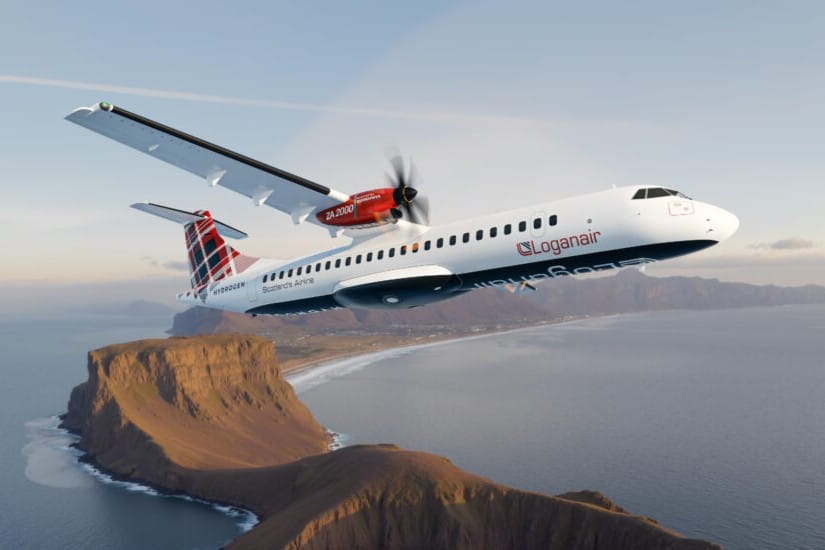ZeroAvia partners with LoganAir on hydrogen-powered aircraft
Put simply, the partnership is around the introduction of ZeroAvia’s hydrogen-electric engines on Loganair’s regional air routes in Scotland. These engines use hydrogen fuel cells to generate electricity for electric motors, with pure water being the only byproduct. ZeroAvia states that the engines promise cost reductions, lower maintenance and downtime for airlines over traditional aircraft.
Initially, the collaboration will focus on the certification of the hydrogen-electric ZA600 in 10-20 seater aircraft such as the Cessna Caravan. Further down the line, this will also be expanded to the Twin Otter, an aircraft which Loganair uses for connections across the Scottish Highlands and islands. It’s worth noting here that as Scotland’s largest regional airline, the majority of Loganair flights this collaboration could affect will be in Scotland and the Northeast of England. The partnership’s long-term aim is to introduce the module ZA2000 propulsion system into Loganair’s larger regional aircraft that have up to 80 seats. That includes the ATR aircraft family, from which Loganair currently operates more than 20 aircraft.
Val Miftakhov, CEO of ZeroAvia, said: “Loganair’s route network lends itselfvery well to adoption of both our ZA600 and ZA2000 engine technology post certification, so hopefully this can be the start of a long-lasting customer relationship for ZeroAvia, and cleaner transport for passengers in Scotland and the UK.”
Liquid hydrogen management system tests
ZeroAvia’s partnership with Loganair is one piece of the puzzle when it comes to its UK operations. This month, the firm announced that it had secured a UK government grant (as part of the Aerospace Technology Institute (ATI) programme to develop a liquid hydrogen management system for aircraft. The Liquid Hydrogen System Integration & Flight Test (LH-SIFT) project has received investment of £10.8m (€12.7m) and aims to develop a lightweight tank and management system for integration into a modified Dornier 228 aircraft. The goal of this test platform will be a world-first: to get a liquid hydrogen-powered commercial aircraft up in the air.
In this case, the LH2 management system being developed “…is comprised of a novel lightweight metallic tank design and supporting systems for filling and managing storage and distribution.” Additionally, the project aims to create “the first liquid hydrogen flying commercial airframe testbed”.
James McMicking, CSO of ZeroAvia, said: “Liquid hydrogen is needed to achieve the volumetric and gravimetric energy density required by larger zero-emission aircraft that no other solution offers. This project will drive further evolution of liquid hydrogen technology and provide the capability to test and validate these in-flight and through refuelling operations. It will help to unlock investment from the wider aerospace ecosystem than can scale zero-emission aircraft technology and the supporting hydrogen airport infrastructure.”





0 Comments